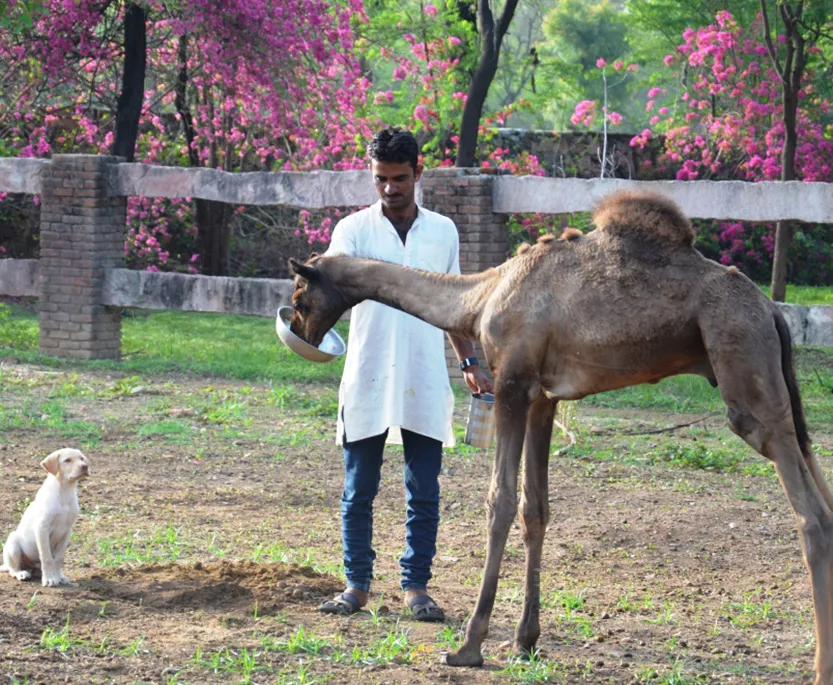Articles
The world does not need industrial camel production: Ilse Kohler Rollefson
Reports in the Hindi media this week from Rajasthan suggested that there has been a whopping 40 per cent decline in the state’s camel population in the last two decades.
The reports also stated that camel breeders are no longer interested in rearing the hardy animals known popularly as ‘Ships of the desert’.
An article in a popular daily also imagined about a scenario in the future where there would be no camels left in Rajasthan, where the species is the state animal.
Ilse Kohler Rollefson, the German scientist who has been a powerful voice for camels in India, and especially Rajasthan, told Down To Earth (DTE) that the decline of the camel in India is concerning and highly ironical, as 2024 has been declared ‘Year of the Camelids’ by the United Nations Food and Agriculture Organization (FAO).
“In fact, it is just India. Everywhere else in the world, be it Pakistan, the Middle East and Africa, camel populations are thriving and flourishing,” said Rollefson.


According to her, several reasons can be cited for the decline. “The law in India now prohibits the export of camels across state borders and out of the country. This has totally diminished the value of camels. Grazing areas for these animals have vanished. And there is a lack of value chains for camel products,” said Rollefson, who has started a social enterprise called Camel Charisma.
It aims to link herders to markets and thereby support the conservation of camels as well as the whole culture and knowledge system in which they are embedded.
‘No industrial camels’
The decline of the camel in India is on the lines of similar declines of other draught animals such as the donkey.
Of course, mechanisation is a major reason. But Rollefson also cites the industrialisation of livestock, which she says is in stark contrast to pastoralist communities worldwide, who treat camels and other livestock as part of their own family.
“At the beginning of the 21st century, nomadic pastoralist cultures throughout the world are under siege, regarded as backward, and losing their ancestral pasture grounds to ‘development’, from mining and irrigated agriculture to green energy projects,” she said.
“The world does not need industrial camel production, in fact we must strive to prevent camels following in the tracks of pigs, cattle and poultry,” she added.
According to Rollefson, livestock develops its positive impact on the environment when it is managed in grazing/browsing systems where it is kept moving. Under these conditions, it acts similarly to wild herbivores, spreading seeds, supporting their germination, trampling organic materials into the soil and upholding the carbon cycle, nourishing soil microbes and providing breeding grounds for insects that feed birds.
“If we want to achieve the stated aims of the International Year of Camelids to fulfil the Sustainable Development Goals and contribute to poverty alleviation and food security, the starting point for all interventions must be to support camel pastoralist cultures by protecting their grazing areas, by investing into decentralized infrastructure for processing, and by linking them to markets,” she noted.
Rollefson is supportive of state government moves so far to stem the decline in camels. But much more needs to be done, she said.
“The Rs 10,000 subsidy for new-born camels helps but is insufficiently implemented. The Saras Dairy in Rajasthan has also taken up trading of camel milk, which is good. However, it will be difficult to make it commercially successful. It would be best to link camel conservation with state nutritional programmes and buy milk from herders to support midday meals and other such measures,” Rollefson observed.
Meanwhile, the Rajasthan government also seems to have felt the pulse of camel conservationists. It announced a Camel Conservation Mission as part of the 2024-25 state budget. Camel herders will receive an incentive of Rs 20,000 for raising a camel calf, according to media reports.


